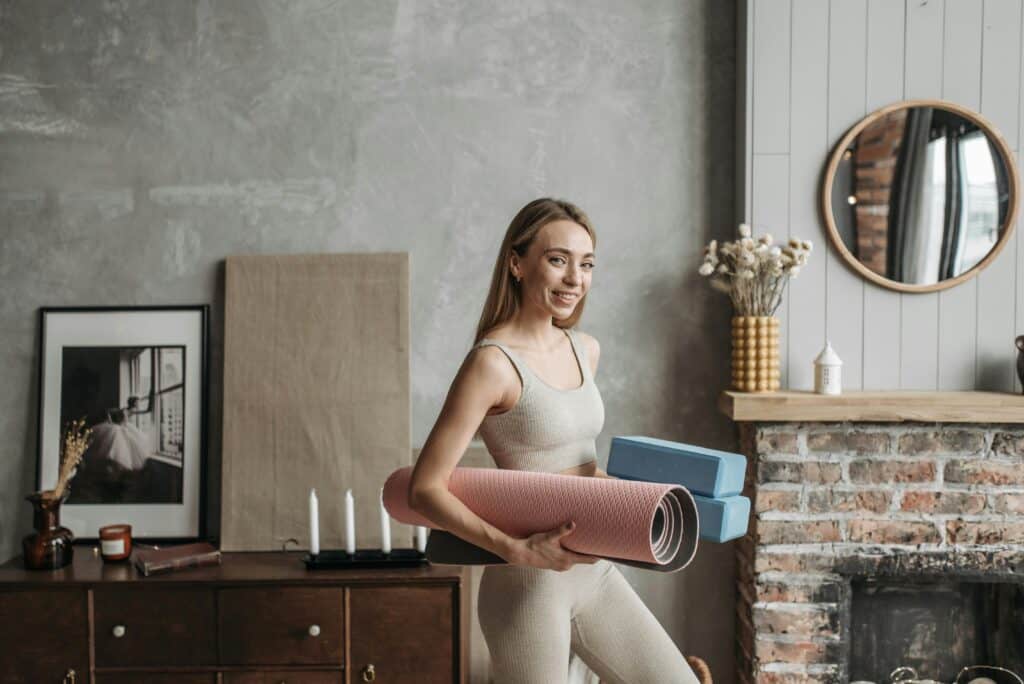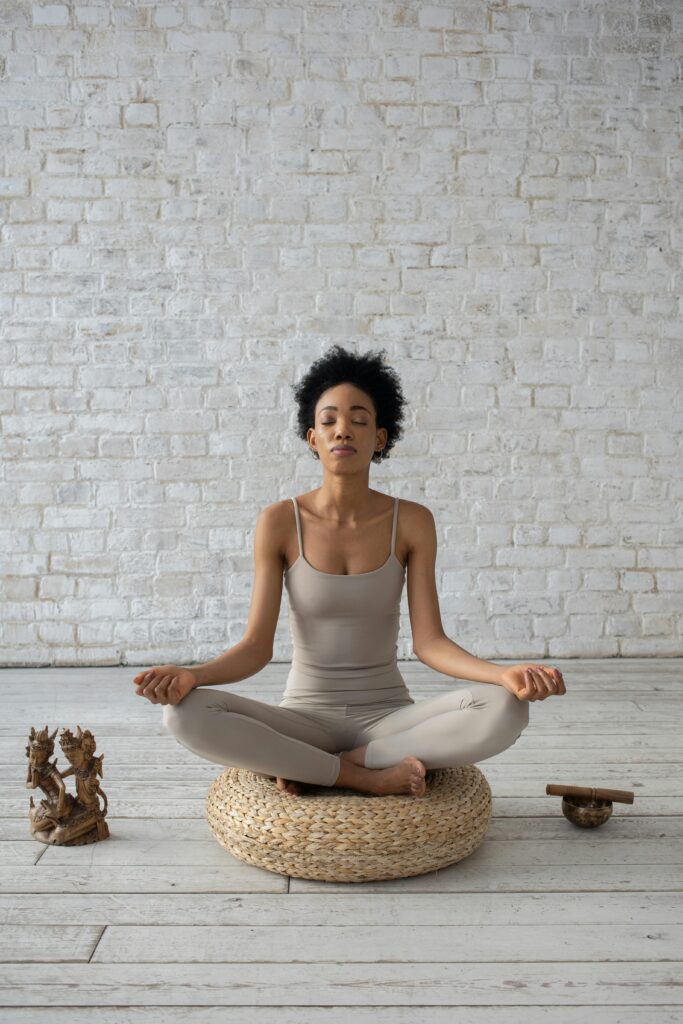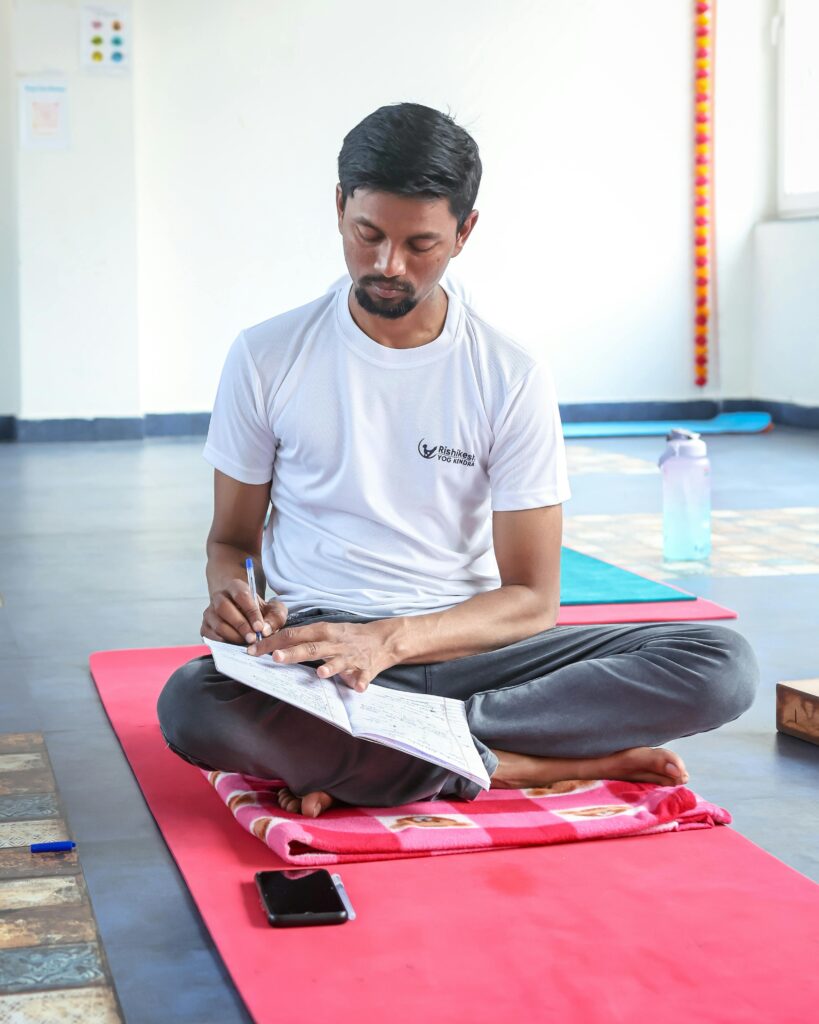Meditation has become an integral part of many people’s lives, thanks to its numerous benefits for mental and physical well-being. The right tools can significantly enhance your meditation experience, making it more enjoyable and effective. In this listicle, we will explore ten essential meditation tools that can help you transform your practice, whether you’re a beginner or a seasoned practitioner.
1. Meditation Cushions
One of the most fundamental tools for any meditator is a comfortable cushion. Meditation cushions, also known as zafus or zabutons, come in various shapes and sizes, designed to support proper posture during your practice. They help alleviate discomfort associated with sitting for extended periods, allowing you to focus on your breath and thoughts without distraction. Proper posture can also enhance your meditation by keeping your spine aligned, which supports better breathing and reduces the risk of muscle strain.
2. Meditation Benches
For those who prefer a more upright position while meditating, a meditation bench can be an excellent choice. These benches are designed to provide support for your knees and hips while keeping your spine aligned. They are particularly useful for practitioners who find sitting cross-legged uncomfortable. Many meditation benches are foldable and portable, making them convenient for both home use and travel.
3. Bolsters
Bolsters are versatile props that can enhance your meditation experience by providing additional support and comfort. They can be used under the knees or back to relieve tension and promote relaxation during seated meditation or restorative yoga practices. Bolsters are particularly helpful for individuals with lower back pain or tight hip flexors, as they offer gentle support and help in maintaining a comfortable position for longer sessions.
4. Eye Pillows
An eye pillow is a simple yet effective tool that can help create a calming environment during meditation. By blocking out light and providing gentle pressure on the eyes, these pillows encourage relaxation and help you focus inwardly. Many eye pillows are filled with soothing materials like lavender or flaxseed, which can enhance the sensory experience and promote a deeper state of relaxation.
5. Incense or Essential Oils
Aromatherapy can play a significant role in enhancing your meditation practice. Burning incense or using essential oils can create a soothing atmosphere that promotes relaxation and mindfulness. Choose scents like lavender, sandalwood, or frankincense to help calm the mind and elevate your practice. Essential oil diffusers can disperse these calming scents throughout your meditation space, providing a continuous and gentle aroma.
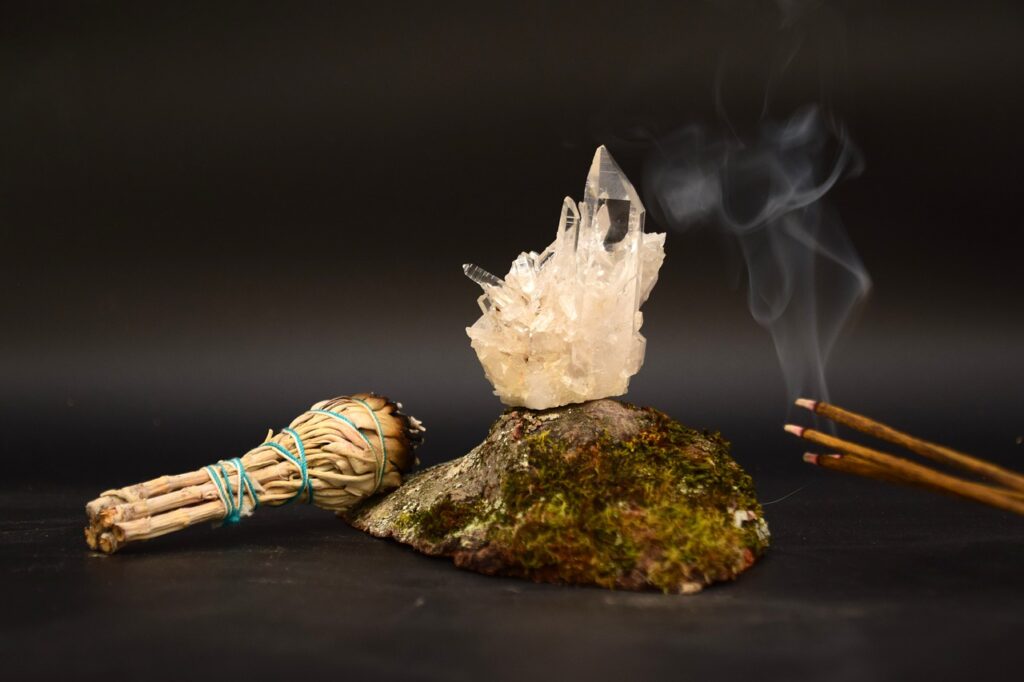
6. Meditation Apps
In today’s digital age, meditation apps have become popular tools for practitioners of all levels. These apps often provide guided meditations, timers, and progress tracking features that can help you stay committed to your practice while exploring different techniques. Apps like Headspace, Calm, and Insight Timer offer a wide range of guided sessions tailored to various needs, whether you’re looking to reduce stress, improve sleep, or cultivate mindfulness.
![]()
7. Sound Bowls or Gongs
Sound healing instruments like singing bowls or gongs can add an auditory dimension to your meditation practice. The soothing sounds produced by these instruments can help you enter a deeper state of relaxation and mindfulness, making it easier to let go of distractions. The vibrations from the bowls or gongs resonate through the body, creating a tranquil and harmonious environment that supports meditative states.
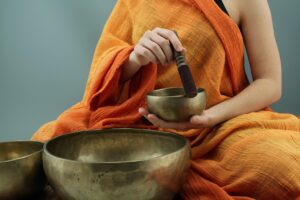
8. Meditation Timers
A dedicated meditation timer can be invaluable for maintaining focus during your sessions (you can find here one online). Many timers offer customizable settings that allow you to choose the duration of your practice while providing gentle chimes or bells to signal the end of each session without disrupting your flow. Using a timer can help you build consistency and gradually increase your meditation duration over time.
9. Journals
Keeping a meditation journal is an excellent way to reflect on your experiences and track your progress over time. Writing down thoughts, feelings, or insights gained during meditation can deepen your understanding of yourself and enhance the overall effectiveness of your practice. Journaling can also serve as a motivational tool, reminding you of the positive changes meditation brings to your life.
10. Comfortable Clothing
Lastly, wearing comfortable clothing is essential for an enjoyable meditation experience. Loose-fitting garments made from breathable fabrics allow for ease of movement and prevent distractions caused by discomfort during longer sessions. Opt for natural materials like cotton or bamboo that are gentle on the skin and promote relaxation.
In conclusion, incorporating the right tools into your meditation practice can significantly enhance your experience and deepen your connection to mindfulness. The ten essential meditation tools we’ve explored—ranging from guided apps and journals to incense and comfortable seating—offer a variety of ways to support your journey toward inner peace and self-discovery. Each tool serves a unique purpose, catering to different preferences and needs, ensuring that there is something for everyone, regardless of where you are on your meditation path.
As you consider integrating these tools into your routine, remember that the most important aspect of meditation is consistency and intention. Whether you choose to use a simple cushion or a sophisticated app, the key is to find what resonates with you personally. This will not only make your practice more enjoyable but also more effective in fostering mindfulness and tranquillity in your daily life.
If you’re looking for more resources or specific recommendations on how to utilize these tools effectively, don’t hesitate to explore further.
Ultimately, meditation is a personal experience, and finding the right tools can make all the difference. Embrace the process of exploration as you discover what works best for you and allow these essential tools to transform not just your practice but also your overall well-being. Happy meditating!

